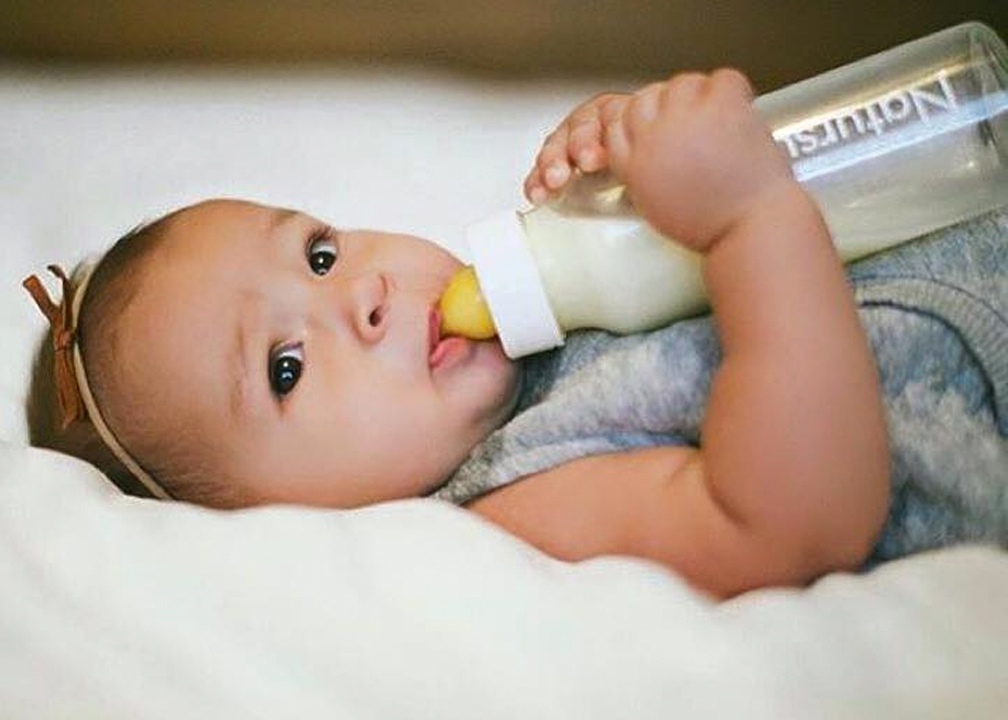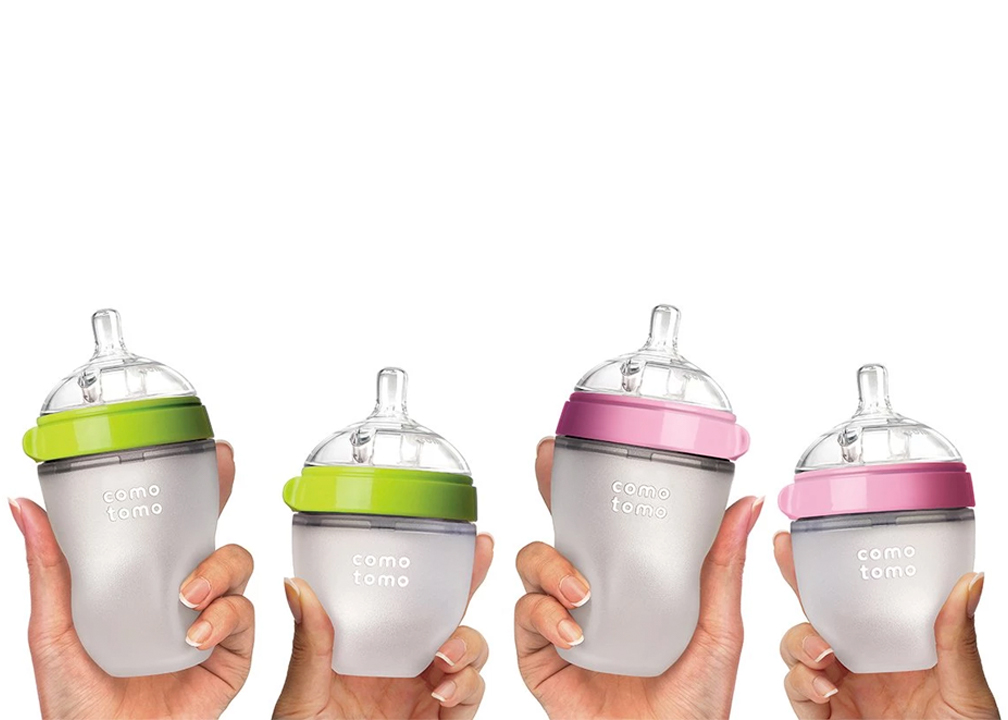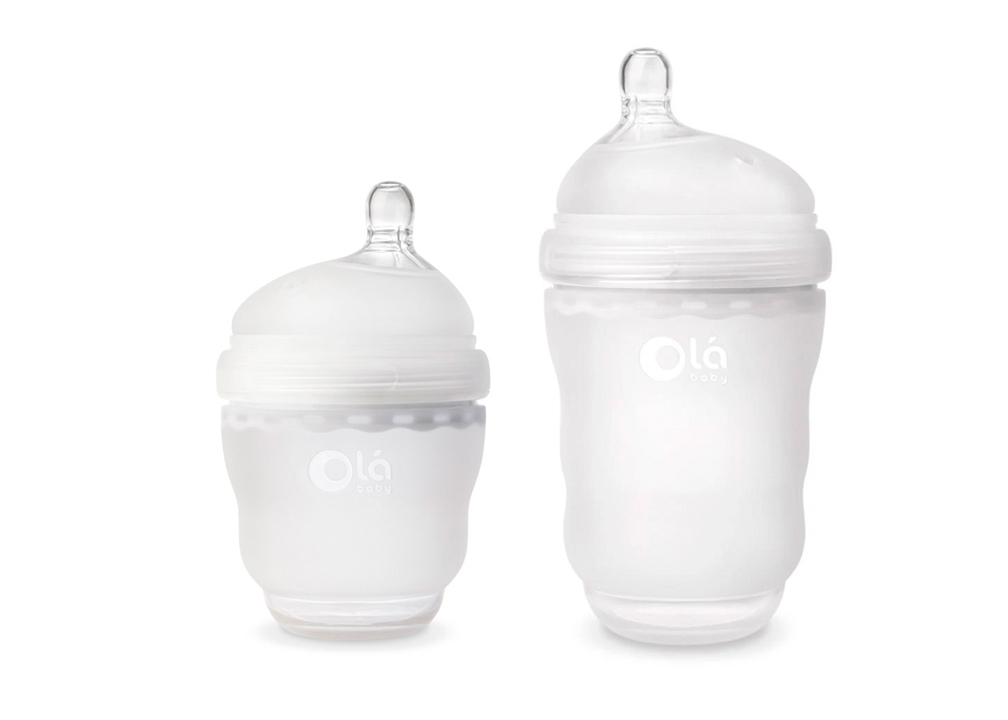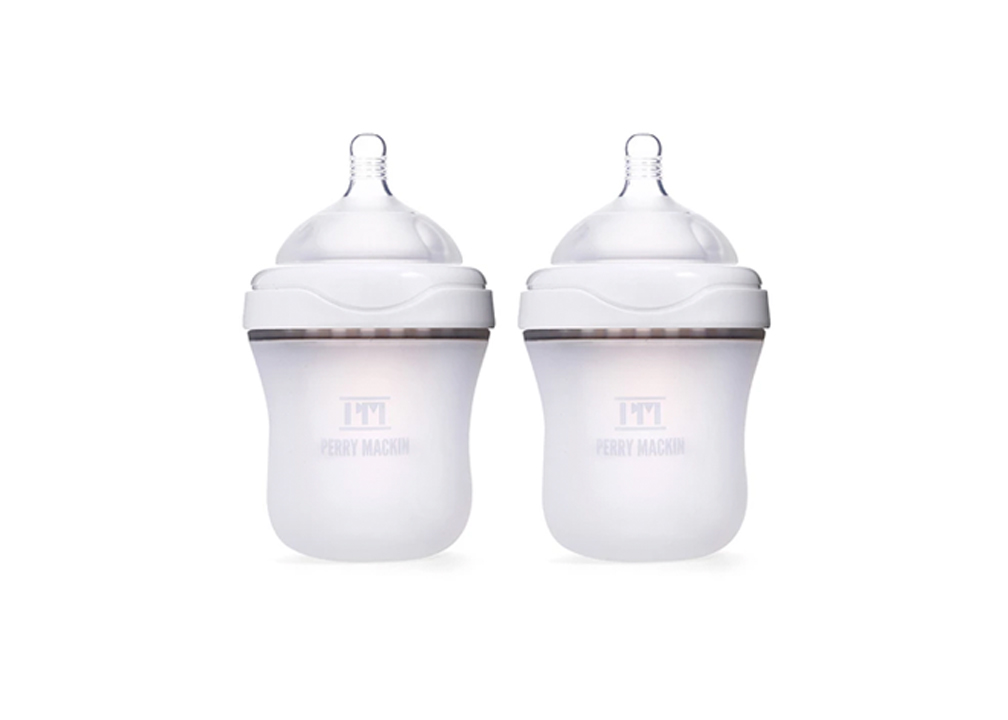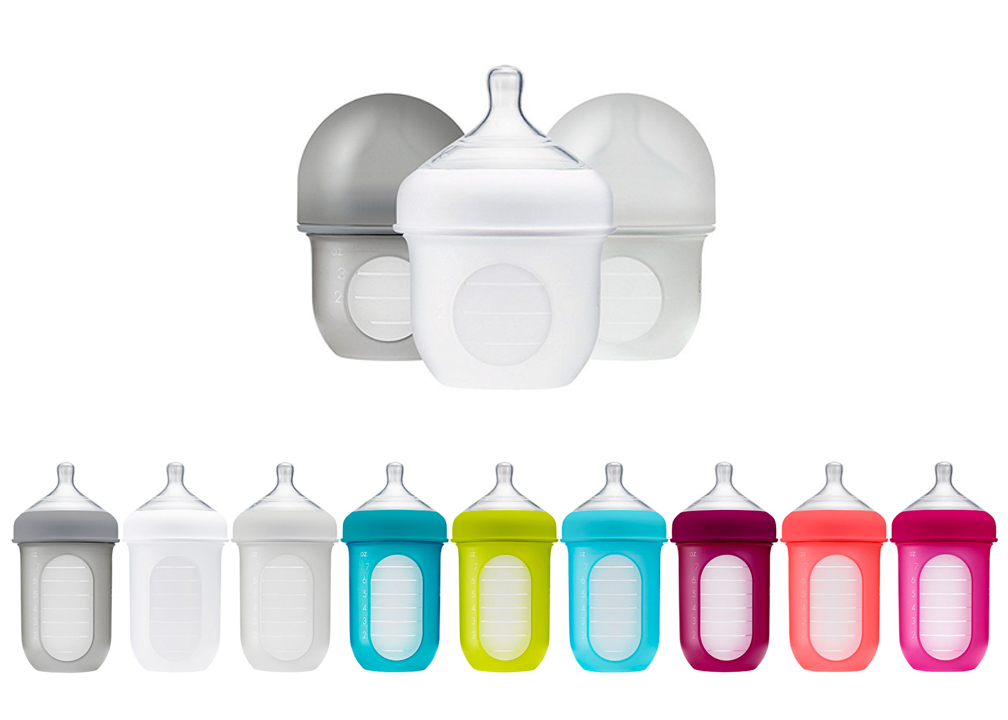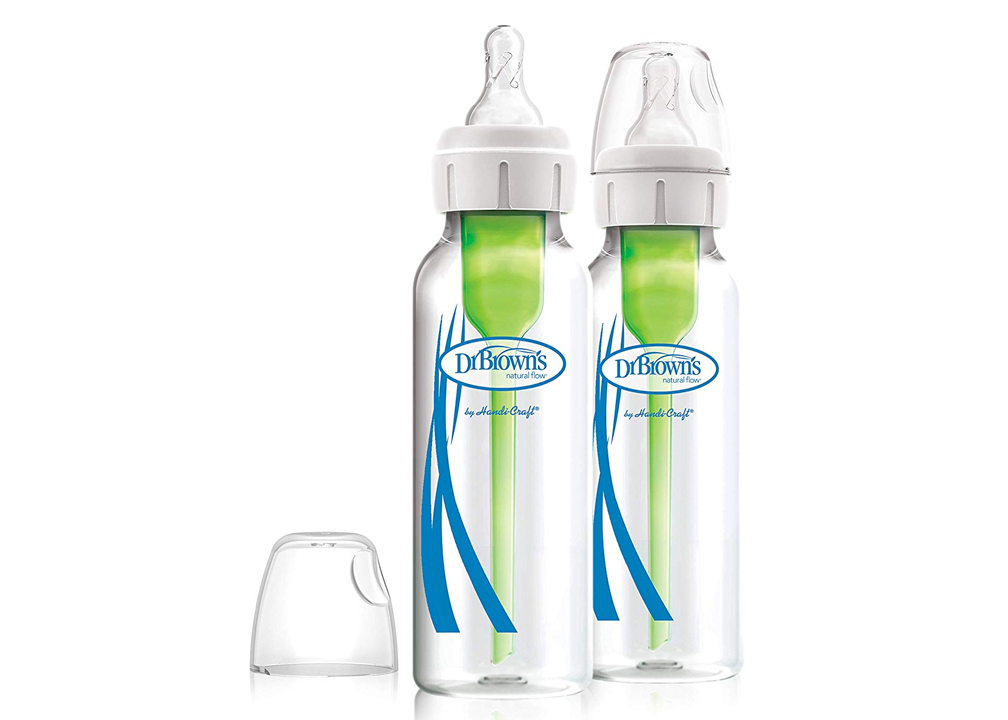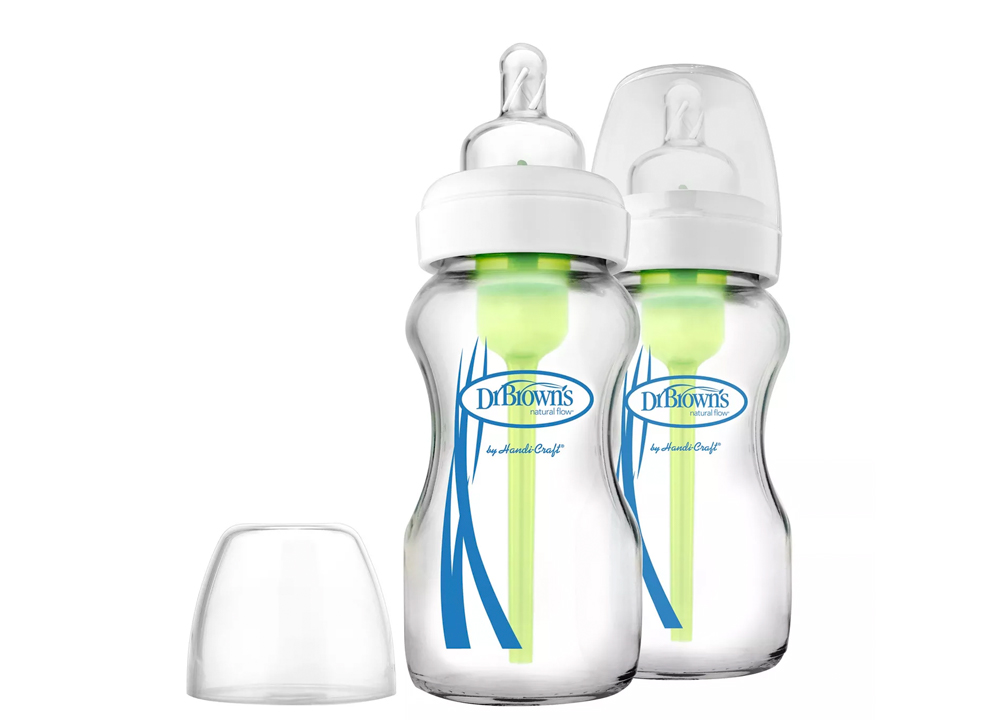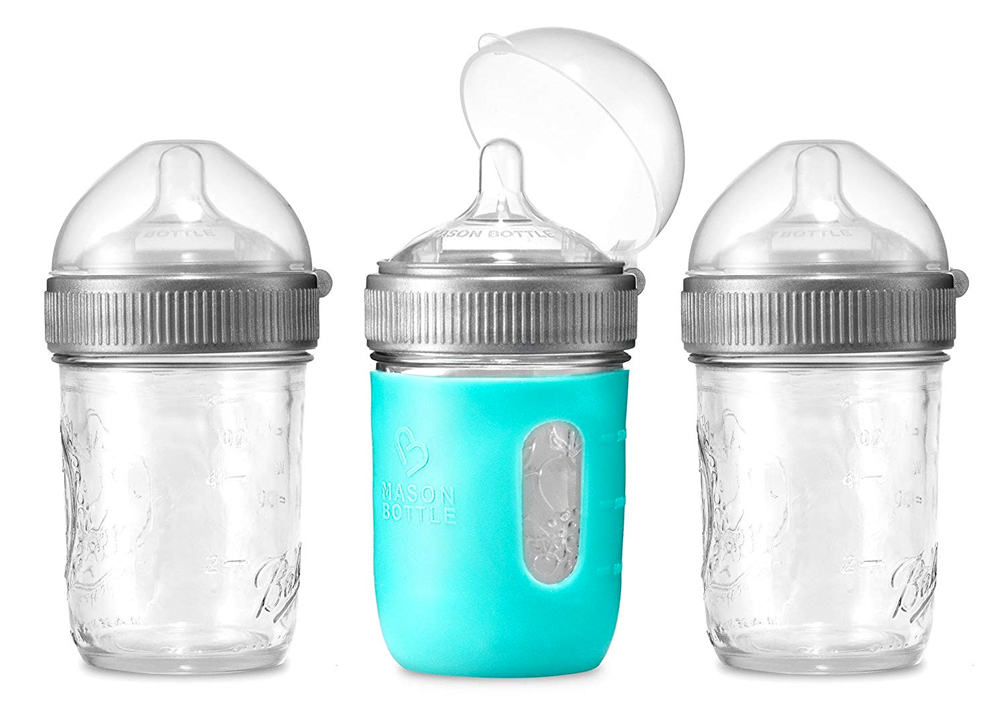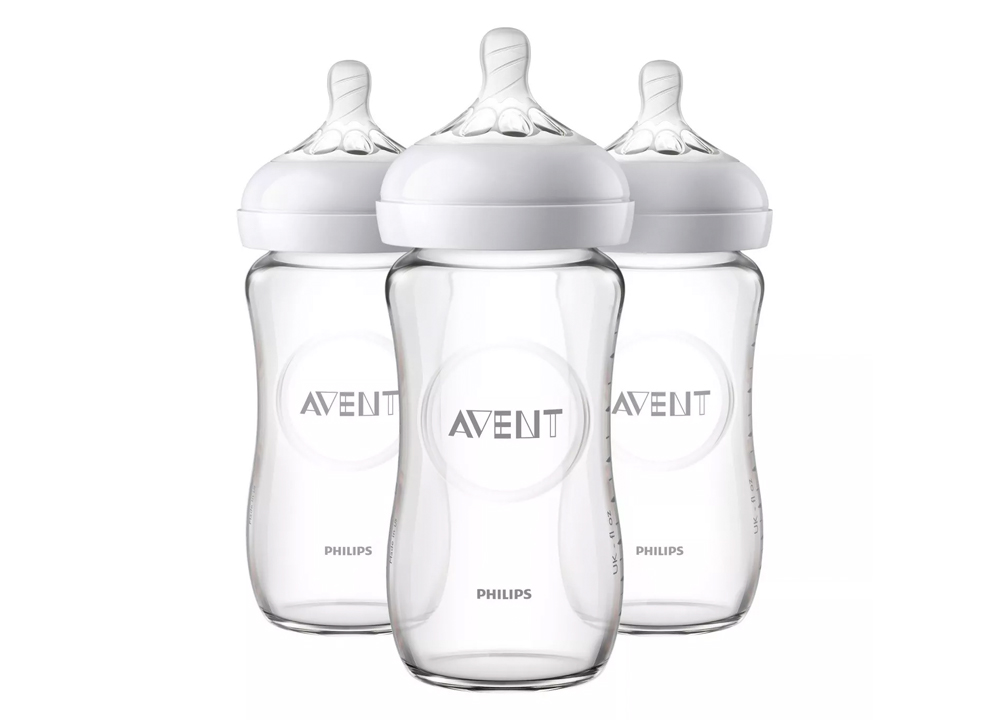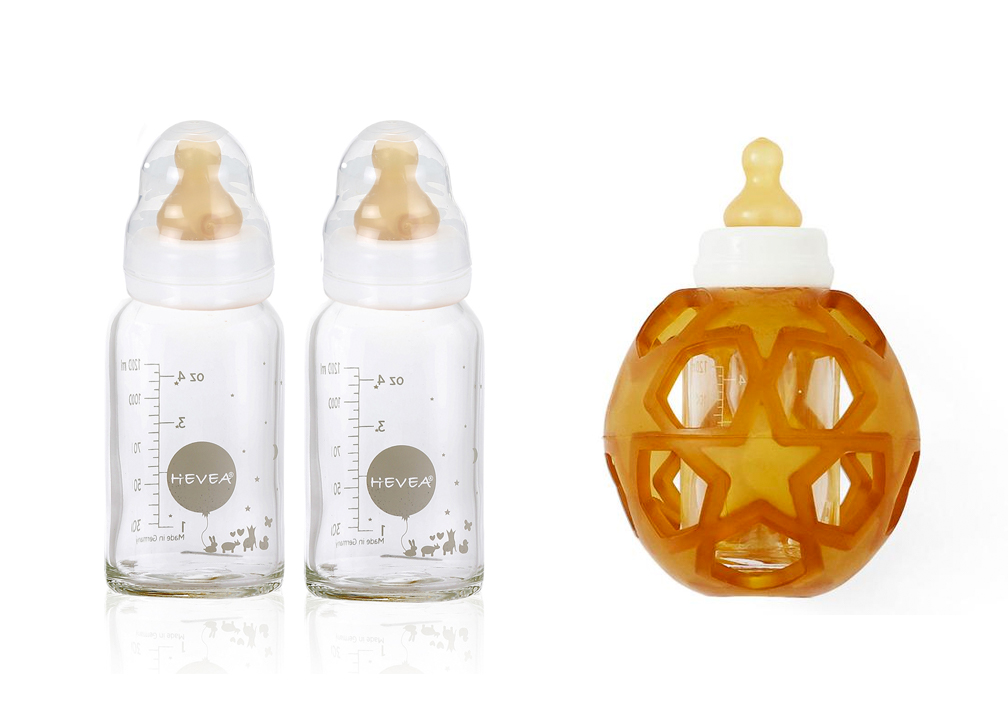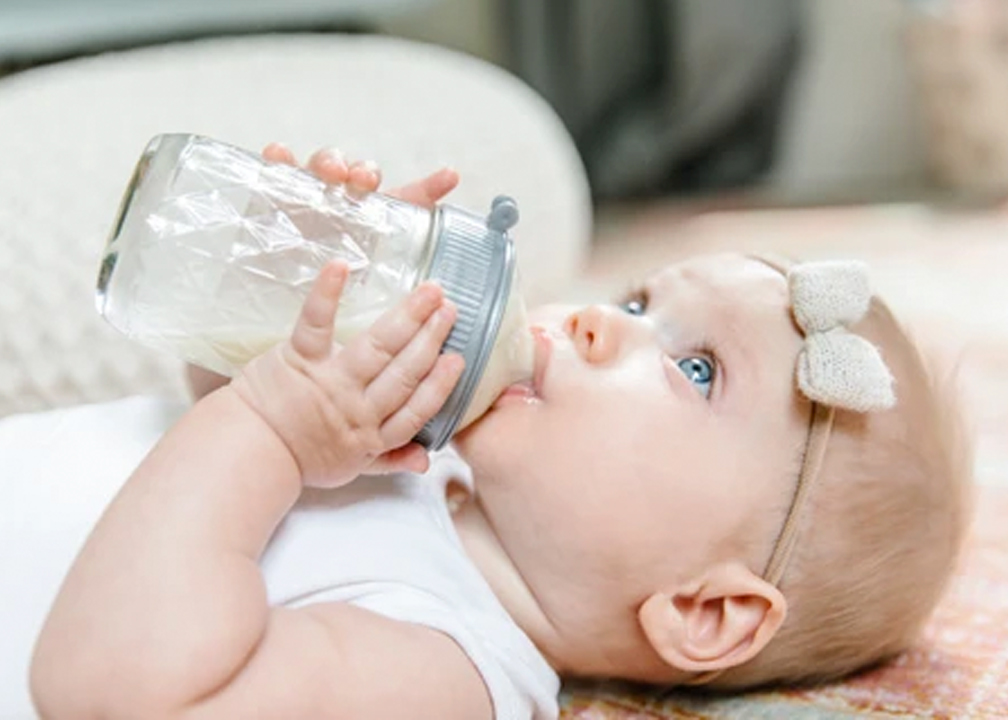 Breastfed babies are notoriously awful at taking their first bottles, causing stress and consternation for moms everywhere, especially those on the eve of their first day back at work postpartum.
Breastfed babies are notoriously awful at taking their first bottles, causing stress and consternation for moms everywhere, especially those on the eve of their first day back at work postpartum.
The most important thing to know before loading up on bottles (through your registry or otherwise) is this: You probably shouldn't load up on bottles until you know your baby will take the bottle you've so meticulously chosen. (Some babies give zero Fs and will happily drink from anything with a nipple. Many babies have a preference and will reject a bevy of brands before you find one they will tolerate. Most babies tolerate the same bottles (shared below).
If you plan to head back to work, it's probably a good idea to introduce the bottle well before your maternity leave nears its end. Kelly Mom has some good resources on this topic, but the TLDR is this: Introduce the bottle when baby is 4-6 weeks old using paced bottle feeding, have someone other than mom do the bottle feeds, and keep trying until baby figures it out.
Now for the bottles…
The Best Baby Bottles
These four bottles (in this order) are the bottles you'll want to try first. All of these bottles have anti-colic systems and are equally great for breastfed and formula fed babies.
- Comotomo ($13)
- Dr. Brown's Options+ Narrow Glass Bottle ($7)
- Philips Avent Natural Glass Bottle ($11)
- Tommee Tippee Closer to Nature Glass Bottle ($10)
A Few Notes:
On Bottle Size: Bottles are usually available in two sizes: 4 or 5 ounce and 8 ounce. Starting around 4-6 months, baby will need than 4 ounces of milk per feed, so definitely get the 8 ounce size, and maybe skip the smaller size altogether.
On Nipple Size: Bottles usually come with several nipple sizes. Use the preemie or newborn nipples for breastfed babies and only move up to faster flowing nipples when baby is older. Babies quickly adapt to a faster flow and will often prefer it to the breast if given the choice.
On Trying Multiple Bottles: Ideally, borrow bottles from a mom friend to see if your baby will accept it before purchasing. (Be sure to give baby a few days and multiple tries before giving up on a bottle.) BabyList also has a “Bottle Box” ($25) with five bottles you can try all at once. Three of the five options are plastic, which I don't love, but they are bottles that are available in glass should you decide they're the best option for your baby.
On Bottle Quantities: Once you've determined your baby's bottle of choice, you'll want to buy a few. Even if you exclusively bottle feed, you can get away with having as few as 2 bottles if they're wide-neck and easy to clean (Comotomo, Philips Avent, Dr. Brown's Wide Neck, Tommee Tippee). If you opt for a more traditional narrow-neck bottle that will require a bit more drying time (Dr. Brown's Narrow Neck, Natursutten, Hevea), you'll want to have ~6 bottles on hand.
Other Great Baby Bottles
The Best Silicone Baby Bottles
The Best Glass & Silicone Bottles
- Mason Bottle ($20)
- Dr. Brown’s Options+ Classic Narrow Neck Glass ($8)
- Dr. Brown’s Options+ Wide Neck Glass ($7)
- Phillips Avent Glass ($11)
- Tommee Tippee Closer to Nature Glass ($10)
The Best Glass & Natural Rubber Bottles
The Best Plastic & Silicone Bottles*
- Dr. Brown’s Options+ Classic Narrow Neck ($6)
- Dr. Brown's Options+ Wide Neck ($6)
- Philips Avent ($7)
- Nuk Simply Natural ($7)
- Lansinoh Momma ($6)
*I'm personally not comfortable feeding out of plastic on a regular basis and prefer glass or silicone options. If you've done the research and have decided you're okay with plastic, these are the bottles babies tend to prefer.


